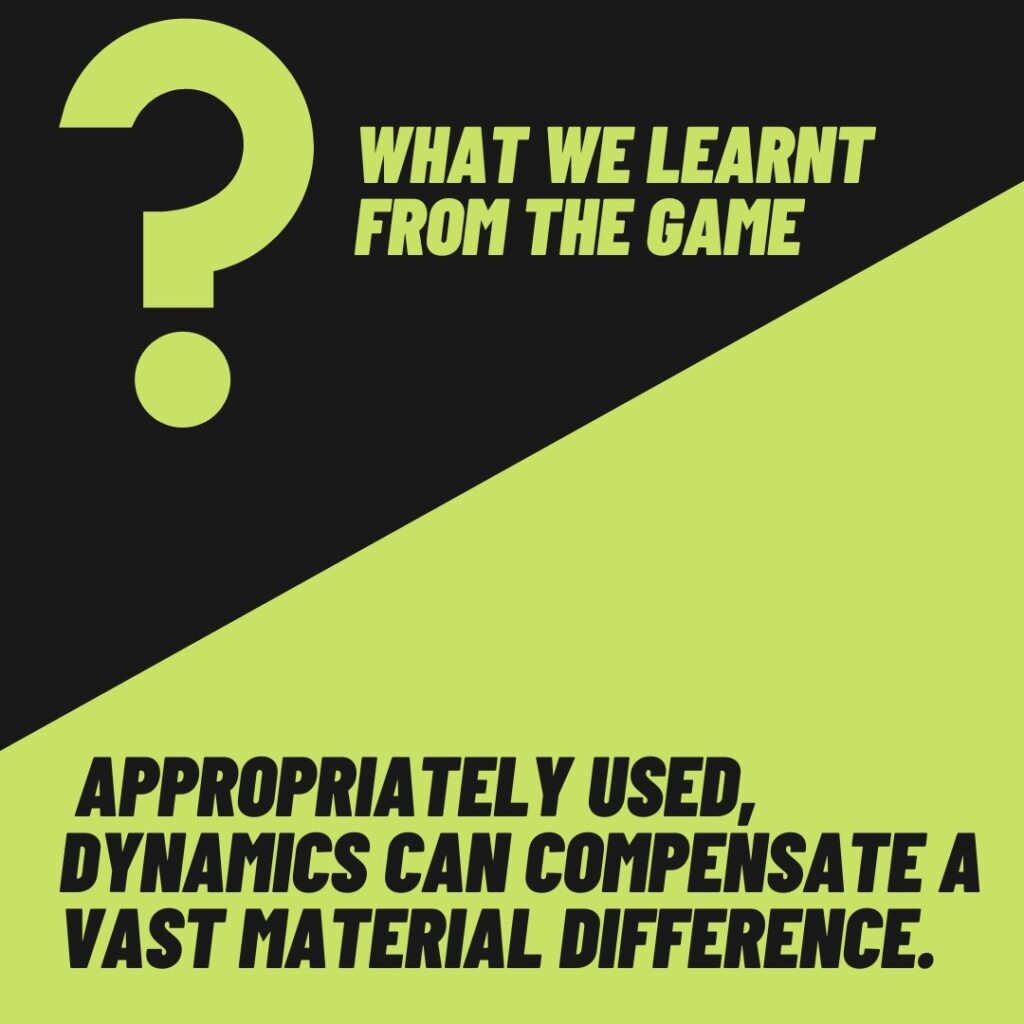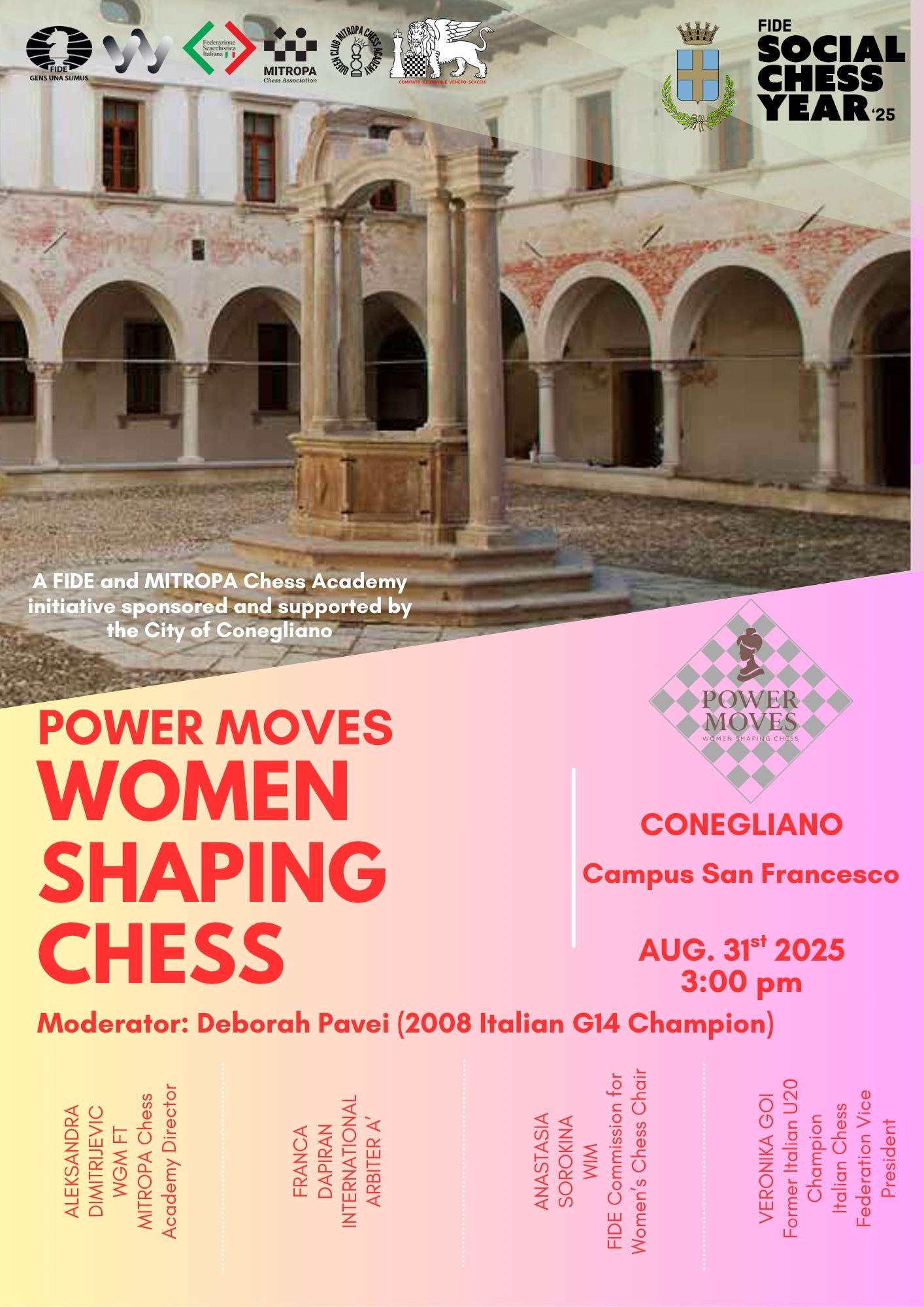Odds Chess, or Handicaps chess, is a variant of the chess game in which the weaker player has a higher chance of winning against the stronger opponent. Nowadays, when we think about Odds Chess, we think of a chess game played against the engine when we can choose a lower level of the engine as an opponent. There are, of course, other variants of handicap, like extra move/s or extra time on the clock or old-style material odds.
In recent years, there were played Rapid tournaments using the Vasiukov idea, to start with 5 minutes per game per player and then to move time correlated with rating difference until one player has 8 minutes on the clock, and the other has 2 minutes on the clock for the entire game.
Growing up in a pre-engine era, we had the luck to enjoy the old-style odd variant of chess – where the stronger player was deciding what material odd is proper to have a balanced game. However awkward or rustic it sounds, these games held an idea of romanticism in chess. Looking back on chess history, the romanticism time in chess taught us how the great masters used to create cooperation of the pieces and develop initiative and attack in chess.
My first encounter with one of these games was in 1990’s, and here you can enjoy the beauty of it:
Yes, we haven’t forgot to add the Rook on a1 for the White. This is the game of the Great Master of Chess, Paul Morphy, where he decided to “give up” his Rook on a1 to make an equal chance for the opponent. I was less than 10 years old, and this game left me entire impressed – how strong you have to be in chess or how well you should understand the piece play to be able to win a material odds game. And the game is:
Morphy, Paul – NN (unknown opponent name), Morphy Odds Ra1 New Orleans, 1850
1.e4 e5 2.Nf3 Nc6 3.Bc4 Here, we can see that the White is developing as in the Italian opening; the only difference is a missing Rook on a1. 3…Nf6 Two Knight Defense. 4.Ng5 d5 5.exd5 Nxd5 This move looks logical, to take back pawn – the Queen protects the Black kNight on d5. The problem is that the Black is playing a second time with the same piece, and as the White has two pieces pointing on the f7 square, by proper play, White is able to get an initiative. The best move for the Black was 5…Na5 – gaining the tempo by attacking the Bishop on c4. 6.Nxf7 It is a now or never situation! 6…Kxf7 7.Qf3+ Ke6 Is the only way to keep the kNight on d5 protected. 8.Nc3 Attacking once again the pinned kNight on d5. 8…Nce7 9.0–0 Silent move. White is finishing the development with the castle kingside or short castle, adding one more piece – Rook from h1- in the play. 9…c6 10.d4 Two in one: Attack the Black pawn on e5, which protects (hides) the Black King from the attack and opens the dark-square Bishop. White wants to open e-file for the Rook and 10…exd4 It is not a great idea to open the file where the King is. The best for the Black was 10…Kd7, when they are moving King from the center to the safety. 11.Re1+ Kd7 12.Nxd5 Nxd5 Better was to take the kNight back with the pawn because if we do not have pawns, we need pieces to protect the King. 13.Bxd5 cxd5 14.Qxd5+ Kc7 The final mistake from the Black, adding Bishop in play with 14…Bd6 would keep equal chances. Of course, if White had the Rook on an a1, it would be a winning position for White. The White, even being a Rook and piece down in the position, have an equal game, and this is a result of the better piece placement and the harmony of the piece on the board.
The game finished with checkmate in 4. Can you find it?
15.Bf4+ Bd6 16.Qc5+ Kb8 17.Qxd6+ Qxd6 18.Bxd6# 1–0.









Leave a Reply